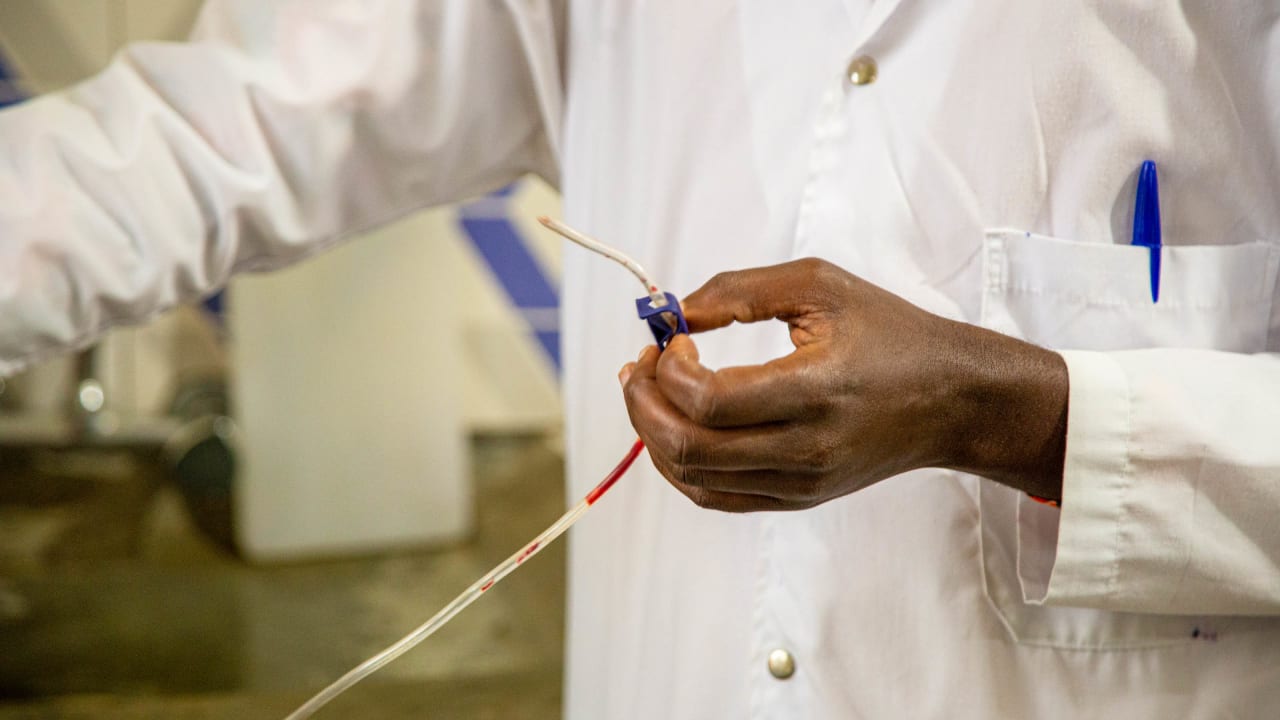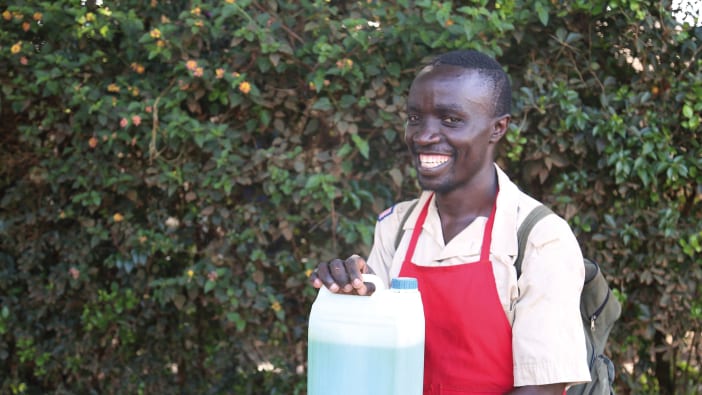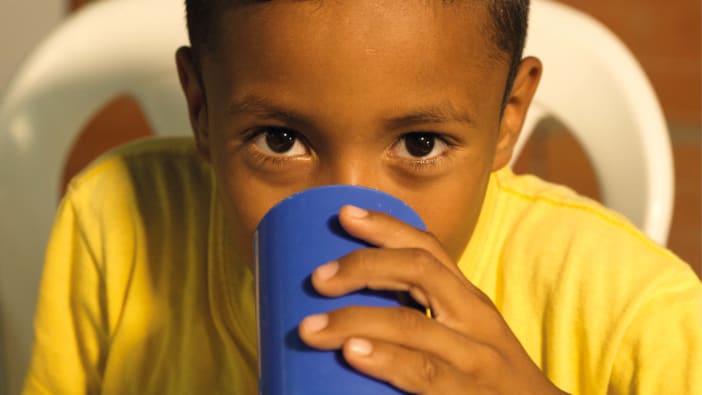HEART ATTACK
What is a heart attack?
A heart attack is a serious medical emergency in which the supply of blood to the heart is suddenly blocked, usually by a blood clot. The lack of blood to the heart can seriously damage the heart muscles. If left untreated, the muscles will begin to die. The medical term for a heart attack is myocardial infarction.
Symptoms of a heart attack include:
- chest pain: the chest can feel like it is being pressed or squeezed by a heavy object, and the pain can spread from the chest to the jaw, neck, arms and back
- shortness of breath
- deep feeling of fear
What can you do?
- If there is a hospital or health clinic nearby it is very important to get the patient to medical attention as quickly as possible.
- If you have aspirin available, give the patient 300mg. Crush the tablet or let the patient chew it so that it works more quickly. Aspirin helps slow down the formation of a blood clot.
- If the patient survives the attack, they should rest. When they are strong enough, they should visit a doctor where possible. Gentle exercise is recommended. Walking a little more every day will help the patient to recover well.
STROKE
What is a stroke?
A stroke is a serious medical condition that occurs when the blood supply to part of the brain is cut off. Like all organs, the brain needs the oxygen and nutrients provided by blood to function properly. If the supply of blood is restricted or stopped, brain cells begin to die. This can lead to brain damage and sometimes death.
Symptoms of a stroke include:
- sudden numbness (losing feeling) or weakness of the face, arms, or legs
- sudden confusion or trouble speaking or understanding others
- sudden loss of vision in half the visual field
- sudden trouble walking, dizziness, or loss of balance or coordination
- sudden severe headache with no known cause.
What can you do?
- If there is a hospital or health clinic nearby it is very important to get the patient to medical attention as quickly as possible.
- If medical help is not available, put the person in bed with their head a little higher than their feet. Turn him or her onto their side, with the uppermost knee and hip bent up to support his or her body. This position will help saliva and mucus in the throat to drain out and breathing will become easier.
- Every three hours, turn the patient onto the other side.
- If the patient is unconscious, do not give him or her food, drink or medicine through the mouth.
- After the stroke, the patient might remain partly paralysed or unable to speak. Rehabilitation is very important. Encourage the patient to take exercise and to increase the distance he or she can walk each day if possible.
In both cases, encourage the patient and let them know you are there to support them
The recovery position
If a person is unconscious but is breathing and has no other life-threatening conditions, they should be placed in the recovery position. Putting someone in the recovery position will ensure the airway remains clear and open. It also ensures that any vomit or fluid will not cause them to choke.
To place someone in the recovery position:
- place the person on their side so they are supported by one leg and one arm
- open their airway by tilting the head back and lifting the chin
- monitor their breathing and pulse regularly
- if injuries allow, turn the person onto their other side after 30 minutes.
Please note this position is not suitable for babies.










